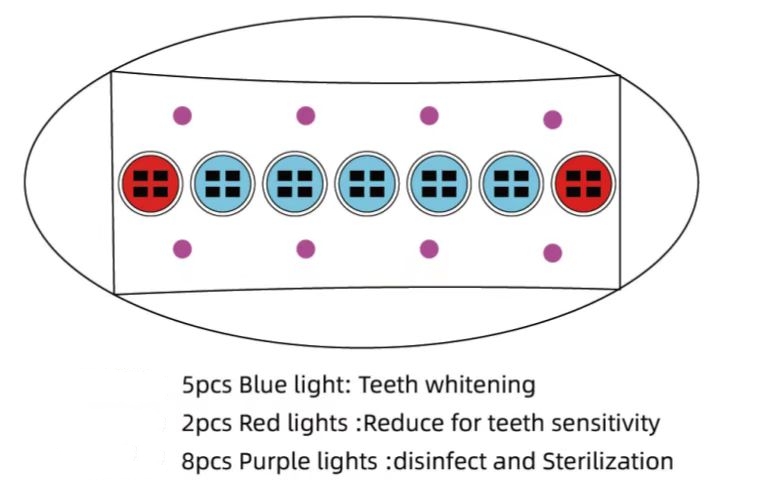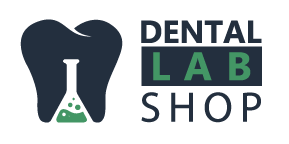Blog
Intraoral Camera Ensures the Highest Degree of Teeth Whitening

The electronic media, print media, and social platforms are flooded with portrayals of perfect white smiles. It has increased the self-awareness of white teeth, and tooth whitening has turned out to be the most frequently sought-after dental procedure. It is an effective way of lightening the natural color of the teeth without removal of the tooth surface. And, people are now paying more and more visits to dental practices to improve their smiles.
What it is
Whitening teeth using an intraoral camera is the right thing for dental practices. It is a small device for imaging the inner part of your mouth. The device is hooked up to an eight-inch LCD monitor and three adjustable light sources that come with varying degrees of intensity. Dental practices can customize the intensity and exposure of the light sources to deliver the best patient results.

Specifications:
| Parameter | Description |
|---|---|
| Design | Ergonomic full arc head with timer |
| Effective Pixels | 768 x 494 (NTSC) 811 x 508 (PAL) |
| Viewing | Macro/Intra/Extra |
| Output | Video, USB, VGA |
| Operation Temperature | -20°C to 60°C |
| Working Radius | Maximum 50 cm |
| Plug-in | 110V 60Hz 220V 50Hz |
| Light Output | Up to 2000Mw/CM2 |
| Dimensions | 57 x 33 x 29.5 cm |
| Wi-Fi | Available with WiFi transmitter |
| Weight | 8.52 kg |
| Warranty | One year |
The teeth whitening machine with LED can perform multiple functions. It has a self-contained 8-inch LCD monitor. Equipped with the latest technologies, the machine happens to be the ultimate solution for achieving better smiles and can ensure ultimate patient satisfaction. The intraoral camera provided works as a bonus for dental practices as they can have a better look inside and can provide the best possible care to their patients.
The Whitening machine is loaded with 3 different LED light sources that help to deliver a wide variety of output. It has 5pcs blue light for teeth whitening ranging from 420 to 490 nm. It also has 2pcs red light that helps to reduce tooth sensitivity. Additionally, the whitening machine comes with 8 purple lights for disinfecting and sterilizing.
The best thing about the whitening machine is it can activate almost all market-available whitening materials. The light-energy source of 25 watts and more than 2327mW make it highly effective. Dental practices can adjust the light-energy output for treating patients with sensitive teeth. Because of customization options, it is ideal for giving personalized care and treatments that lead to brighter and healthier teeth.
Customization options

· Time: Can be adjusted from 1 to 30 minutes depending on the desired results. While longer treatment duration might yield dramatic results, it might increase discomfort and higher sensitivity.
· Light source models: blue light, red light, and blue + red light with adjustable intensity.
· Brightness: Dental practices can adjust brightness settings to 20%, 40%, 60%, 80%, and 100% for accommodating different sensitive teeth and desired results. Patients with sensitive teeth should preferably be treated for a long time with low brightness. Usually, short-duration treatments with higher intensity are likely to deliver better results in tougher stains.
Conclusion
An intraoral camera is an invaluable tool for dental practices looking to provide professional teeth whitening services.
With customizable brightness settings and exposure times, it allows dentists to tailor treatments to individual patients for maximized comfort and results. The latest models offer features like WiFi connectivity for seamless image transfer and ergonomic designs for practitioner comfort during procedures.
For dental practices seeking to meet patient demand for whiter smiles, investing in an intraoral camera with built-in whitening functionality is a smart choice that helps ensure excellent care and satisfaction.
